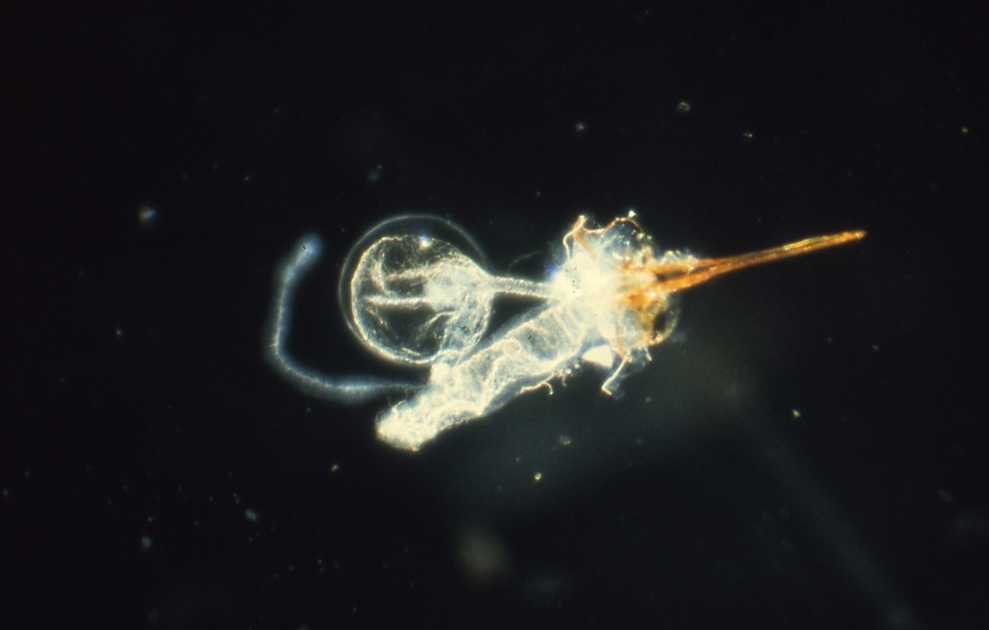Pain is a natural bioassay for detecting and quantifying biological activities of venoms. The painfulness of stings delivered by ants, wasps, and bees can be easily measured in the field or lab using the stinging insect pain scale that rates the pain intensity from 1 to 4, with 1 being minor pain, and 4 being extreme, debilitating, excruciating pain. The painfulness of stings of 96 species of stinging insects and the lethalities of the venoms of 90 species was determined and utilized for pinpointing future promising directions for investigating venoms having pharmaceutically active principles that could benefit humanity. The findings suggest several under- or unexplored insect venoms worthy of future investigations, including: those that have exceedingly painful venoms, yet with extremely low lethality – tarantula hawk wasps (Pepsis) and velvet ants (Mutillidae); those that have extremely lethal venoms, yet induce very little pain – the ants, Daceton and Tetraponera; and those that have venomous stings and are both painful and lethal – the ants Pogonomyrmex, Paraponera, Myrmecia, Neoponera, and the social wasps Synoeca, Agelaia, and Brachygastra. Taken together, and separately, sting pain and venom lethality point to promising directions for mining of pharmaceutically active components derived from insect venoms.

